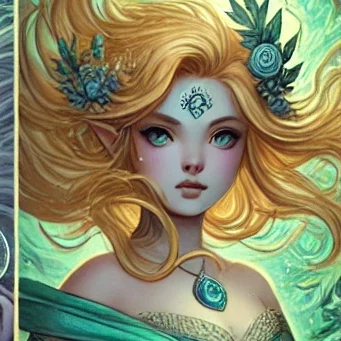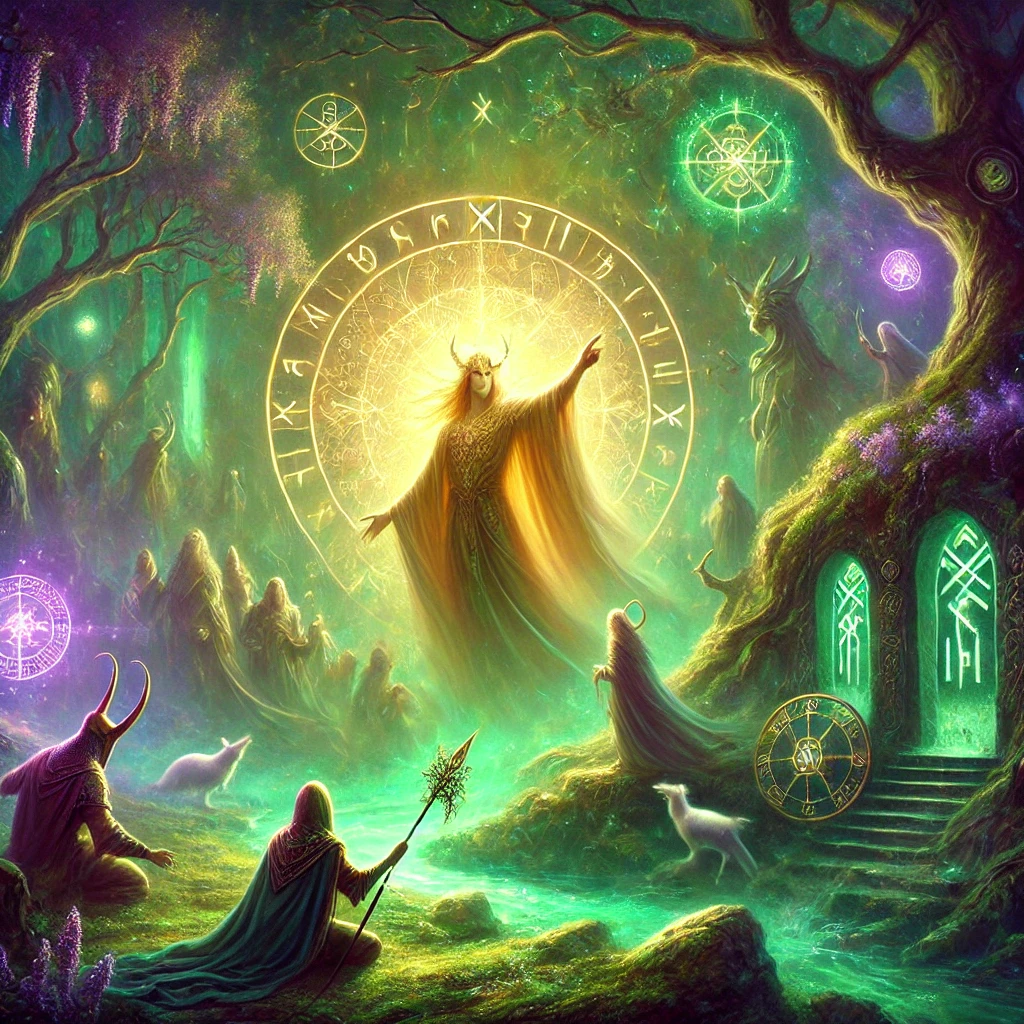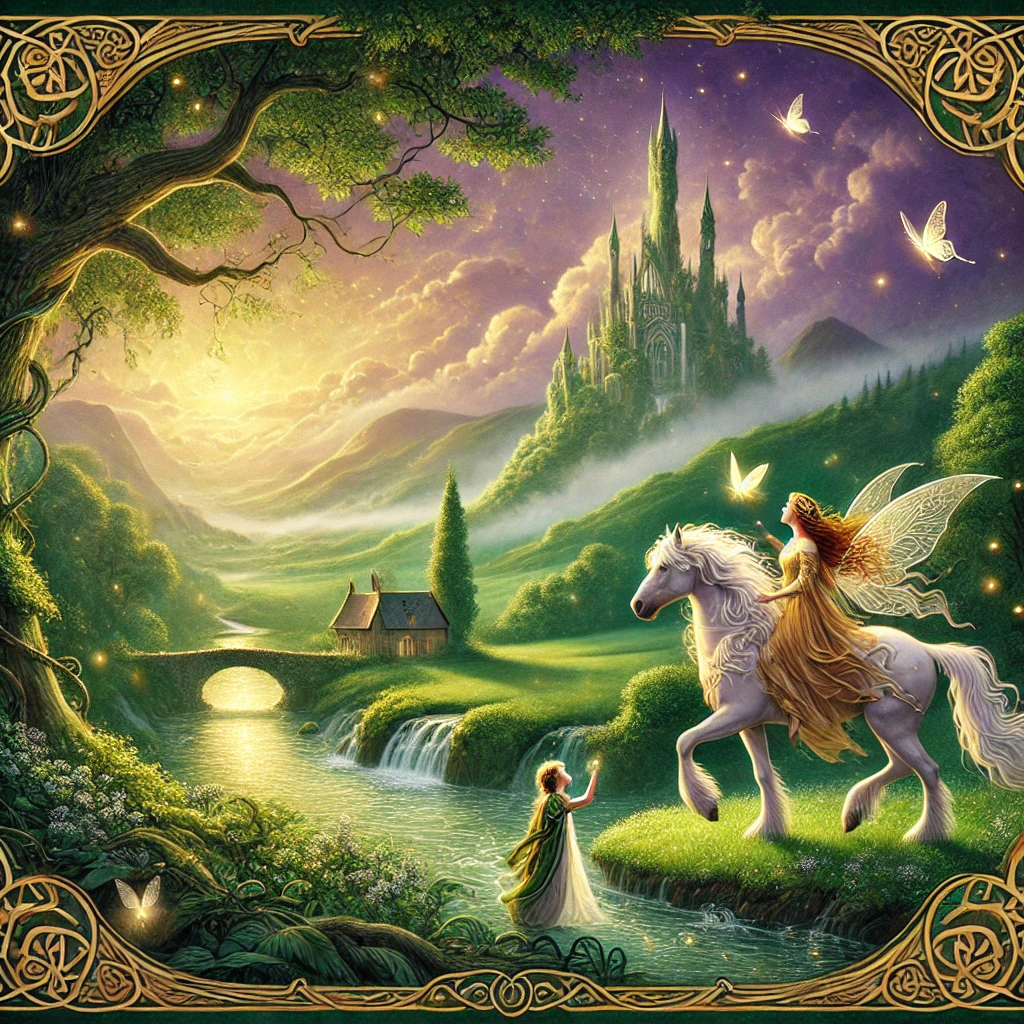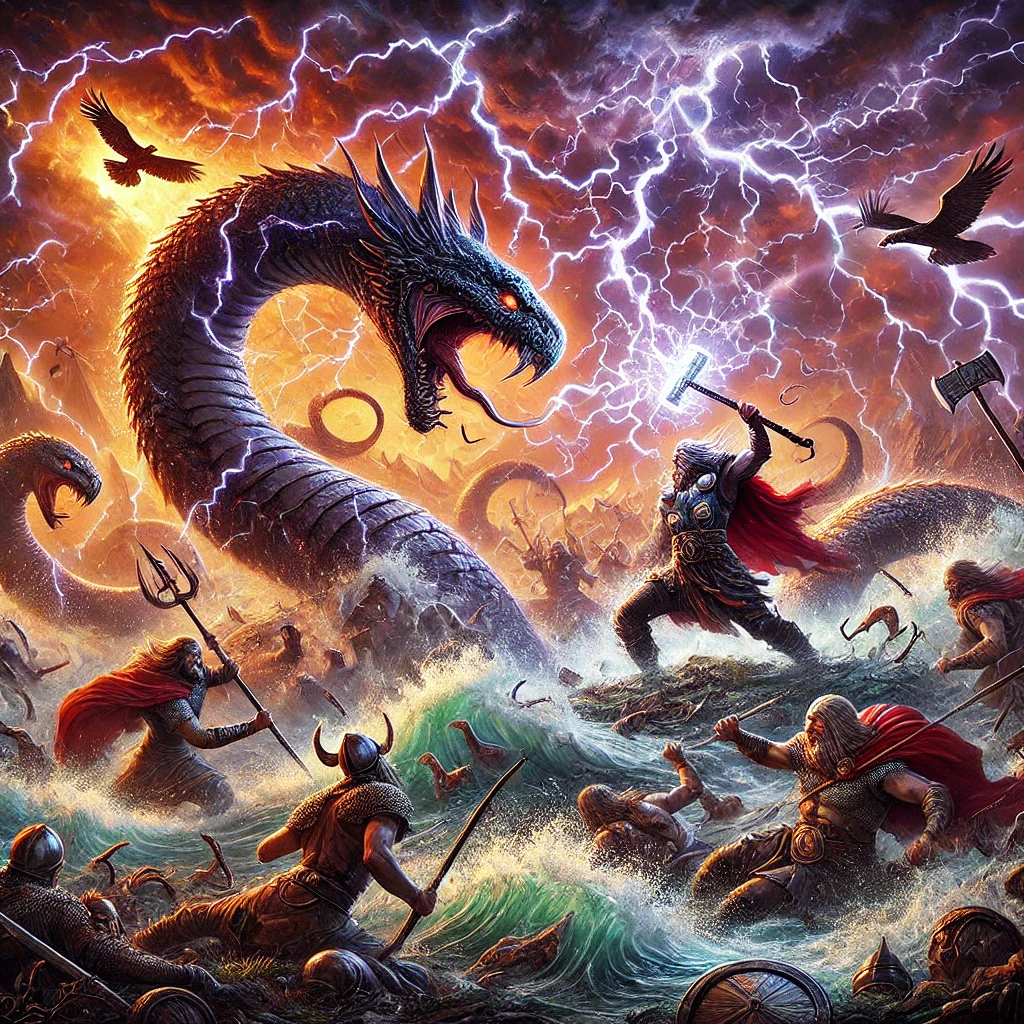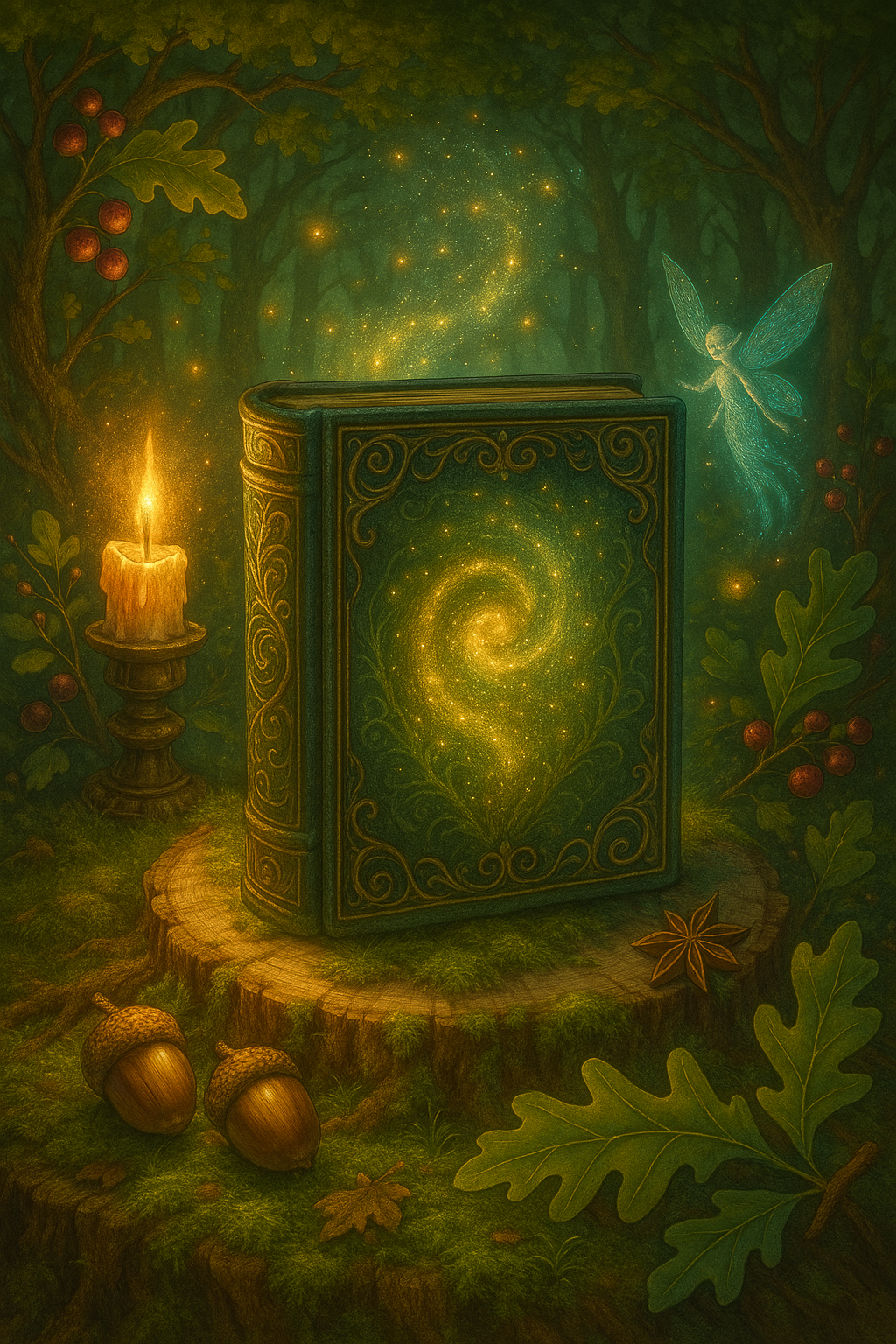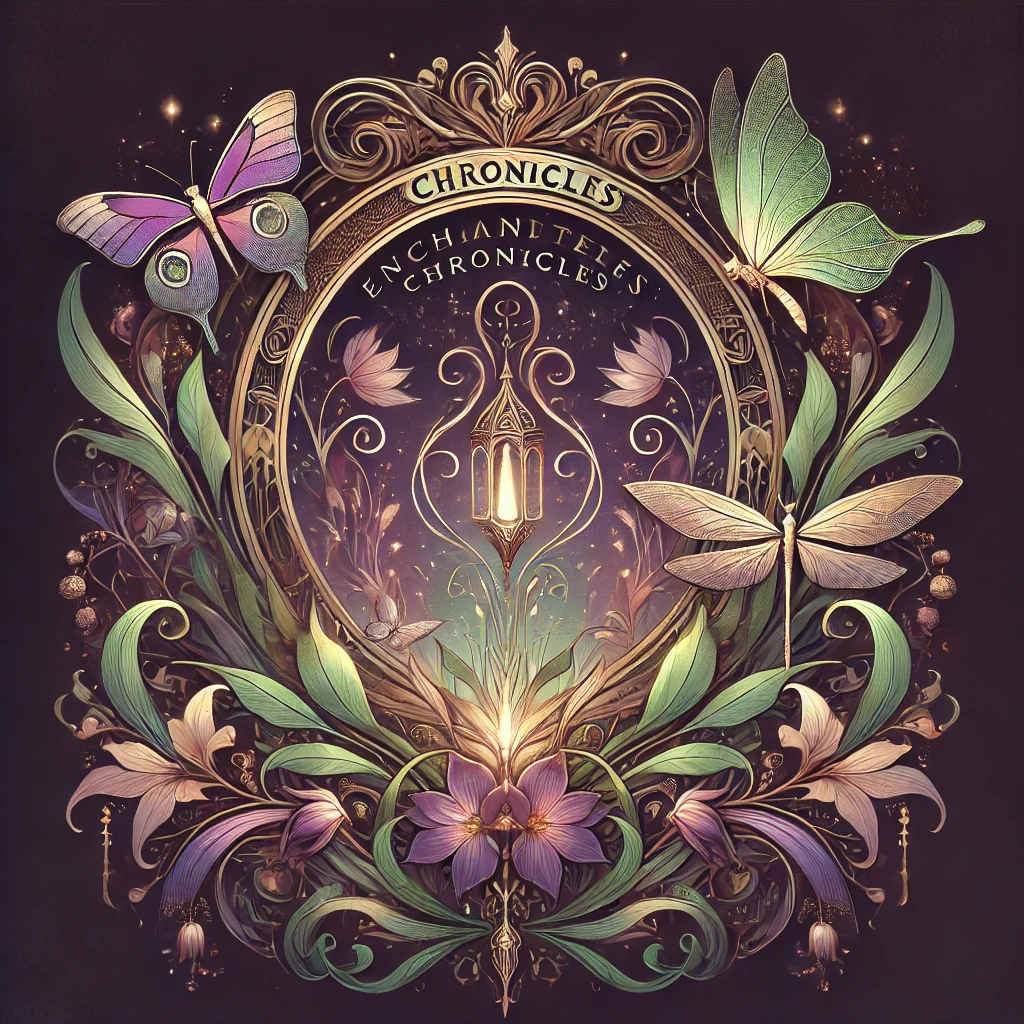The Fall Of the Shining God in Norse Mythology
The story of Baldr is one of the most poignant and profound tales in Norse mythology, weaving together themes of fate, loss, and the unyielding march of destiny. At its heart lies a tragic narrative: Baldr, the beloved son of Odin and Frigg, is a god of light, beauty, and purity — a symbol of hope in a world teetering on the edge of chaos. Yet, his fate is sealed by forces beyond even the gods’ control. Despite his mother’s desperate attempts to shield him from harm, a single overlooked detail — a sprig of mistletoe — becomes the instrument of his undoing, manipulated by the cunning Loki.
This harrowing saga not only underscores the Norse belief that fate (or wyrd) is immutable but also explores the fragile balance between order and disorder, light and darkness. As you delve into this legend, you’ll uncover a story of love, betrayal, and the heartbreaking realization that even the brightest lights must one day dim.
Embark on a journey through Norse Mythology: A God Doomed by Fate
Baldr, the son of Odin and Frigg, was known for his unmatched beauty and kindness. However, his life took a dark turn when he began to have disturbing dreams about his own death. Troubled by these ominous visions, the gods turned to Odin, the Allfather, who embarked on a journey to the underworld for answers. In the realm of Hel, Odin discovered a grave being prepared—Baldr was indeed fated to die.
Determined to prevent this tragedy, Frigg extracted oaths from all things in the world—stones, metals, fire, water, plants, and animals—ensuring they would never harm her son. Confident in Baldr’s newfound invulnerability, the gods devised a game where they joyfully hurled weapons and objects at him, watching them bounce off harmlessly.
Yet, fate cannot be cheated.
Loki, the cunning trickster, discovered that one small plant had been overlooked: mistletoe. Deceptive and cruel, Loki fashioned a dart from its branches and approached Höd, Baldr’s blind brother, who had not participated in the game. Convincing Höd that he should take part, Loki guided his hand, and the mistletoe dart struck true. To the horror of the gods, Baldr fell dead.
The Aftermath: Despair and Doom
Grief consumed the gods. Baldr’s soul traveled to the underworld, ruled by Hel, daughter of Loki. Desperate to bring him back, Hermod, another son of Odin, rode Sleipnir, the eight-legged horse, to negotiate his return. Hel agreed on one condition: if all things in existence wept for Baldr, he could return to Asgard.
Every creature, god, and element wept—except one. A giantess named Thökk (believed to be Loki in disguise) refused to shed a tear. With this single act of defiance, Baldr’s fate was sealed. He would remain in the underworld until after Ragnarök.
Odin, enraged and heartbroken, fathered a new son, Vali, who grew to adulthood in a single day and avenged Baldr by killing Höd. But the damage was done. The gods knew that with Baldr’s passing, the threads of fate had been set, and Ragnarök was now inevitable.
Origins and Historical Context
The story of Baldr’s death is recorded primarily in the Poetic Edda and Prose Edda, compiled in the 13th century by the Icelandic historian Snorri Sturluson. Though these texts were written down after the Christianization of Scandinavia, scholars believe they preserve pre-Christian oral traditions dating back centuries.
The Norse people lived in a harsh and unpredictable world, where fate (or wyrd) was inescapable. The death of Baldr, despite all efforts to prevent it, reflects this worldview—no matter how powerful or wise, even the gods are bound by destiny. The legend also mirrors real-world Viking beliefs about honor, vengeance, and the impermanence of life.
Moral and Symbolism: Light Against Darkness
Baldr’s tale carries profound symbolic weight in Norse Mythology. As the god of light and purity, his death signifies the triumph of chaos over order, the inevitable decline of even the greatest civilizations. It represents the Norse understanding of life’s fleeting nature and the importance of accepting one’s fate with honor.
Loki’s role in this story further highlights the tension between mischief and malevolence. Unlike trickster figures in other mythologies, Loki’s actions bring catastrophic consequences, marking him as a catalyst for destruction rather than mere amusement.
Additionally, the use of mistletoe—a seemingly harmless plant—as the instrument of Baldr’s death reflects a common mythological motif: the overlooked, insignificant detail that leads to downfall. This idea appears in various cultures, emphasizing the notion that fate works in mysterious and often cruel ways.
Folklore and Modern Influence
Though the Norse mythology faded with the spread of Christianity, echoes of Baldr’s legend persist in Scandinavian folklore. Some scholars link his story to later myths about the dying and resurrecting god, though Baldr himself does not return until after Ragnarök.
Today, Baldr’s tale influences literature, film, and video games, where he is reimagined as a tormented and powerful antagonist.
His story serves as a reminder of inevitable loss, the fragility of peace, and the consequences of unchecked deceit.
A Story That Transcends Time
The death of Baldr is more than just a myth; it is a reflection of the Norse psyche—a world where fate is unyielding, where even gods must face their doom, and where actions, no matter how well-intended, can lead to catastrophe. It is a tale of sorrow, inevitability, and the cycles of destruction and rebirth.
Even today, Baldr’s legend resonates as a powerful story of loss, deception, and the forces that shape our destiny. And perhaps, like the Vikings of old, we can still find meaning in his tragic fate—a reminder that light, no matter how bright, must one day give way to darkness, only to rise again in a new dawn.
